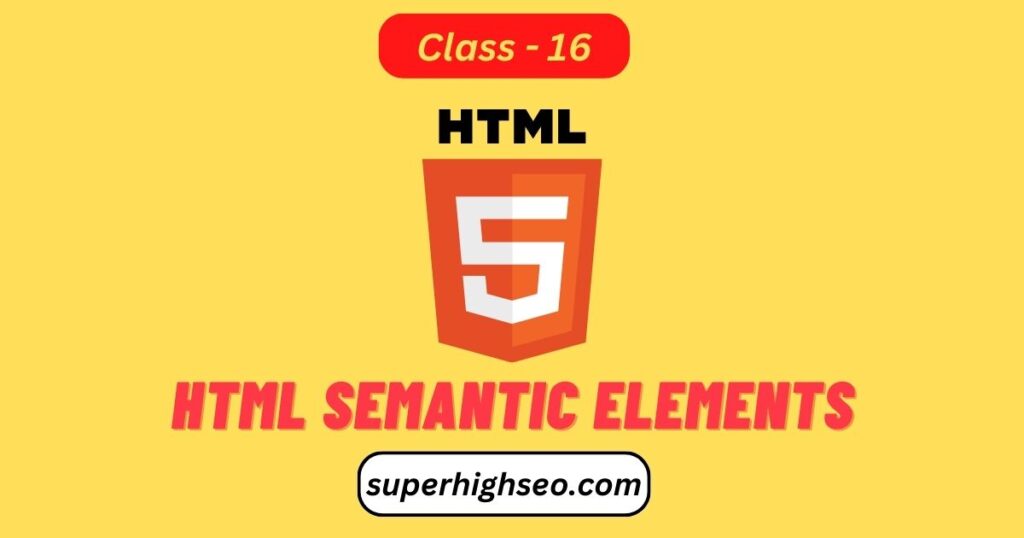
HTML Semantic Elements are elements in HTML that are used to define the meaning of the content they contain. Semantic elements provide meaning to the content rather than defining the presentation of the content.
Here is a list of some common HTML Semantic Elements:
<header>: Used to represent a container for the header of a document or section. It often contains the site logo, site title, and navigation.
<nav>: Represents a section of a page that contains navigation links.
<main>: Represents the main content of a document. It should be unique to the document and should not be included in an aside, header, or footer element.
<article>: Represents a self-contained composition in a document, such as a blog post, forum post, or newspaper article.
<section>: Represents a standalone section of a document, such as a chapter, header, footer, or any other document section.
<aside>: Represents a section of a page containing content tangentially related to the main content, such as a sidebar.
<footer>: Represents a container for the footer of a document or section. It often includes information on the author, copyright information, and links to related documents.
<figure>: Represents a unit of content, such as an image, chart, table, or code snippet, that is self-contained and is typically referenced as a single unit from the main content of the document.
Using these semantic elements in your HTML documents helps search engines and assistive technologies understand the structure and content of your pages, making your web pages more accessible and easier to understand.
